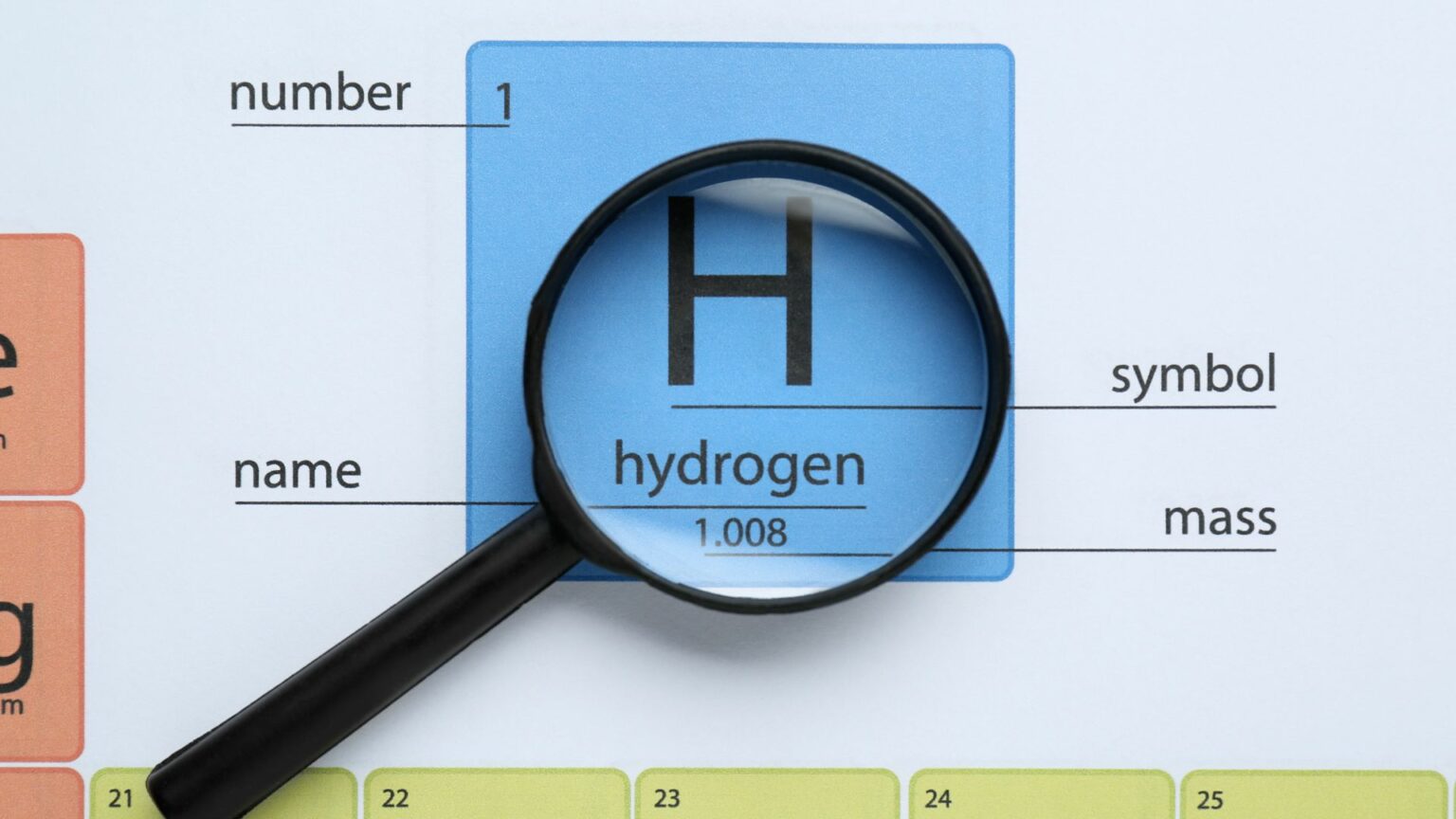By 2045, in scenarios aiming for a climate-neutral Germany, hydrogen plays an essential role. Yet, a recent study by the Institute for Energy Economics (EWI) at the University of Cologne reveals a significant financial gap that could reach up to 200 billion euros.
The study analyzed the profitability of hydrogen compared to conventional energy sources in various sectors such as industry, transport, electricity, and buildings. A team led by Ann-Kathrin Klaas conducted a break-even analysis to determine the price at which hydrogen becomes cheaper than fossil alternatives. Astonishingly, these break-even prices were often lower than the projected future market prices for hydrogen.
Based on the anticipated hydrogen demand outlined in climate scenarios, the study calculated a theoretical financing gap. This underscored the fact that achieving the demand described in these scenarios would require government subsidies to support hydrogen usage.
The study assessed the gap across nine price scenarios and found substantial variability. By 2030, the deficit ranges from two to ten billion euros, increasing to 30 to 100 billion euros by 2045. In adverse scenarios with high hydrogen and low fossil fuel prices, the gap could widen to 50 to 200 billion euros by 2045.
Certain political measures, like CO2 pricing, tolls, taxes, and climate mitigation quotas, which increase the cost of fossil fuels, might help reduce this gap. Future regulations, such as the Renewable Energy Directive III, green lead markets, and climate protection agreements, could also play a role. However, as Klaas noted, the extent to which these measures will close the financing gap remains to be seen.
The broad range of outcomes reflects many uncertainties, with the unknown future hydrogen price being the most influential factor, according to the study leader. The prices for fossil fuels and CO2 are also critical factors.





